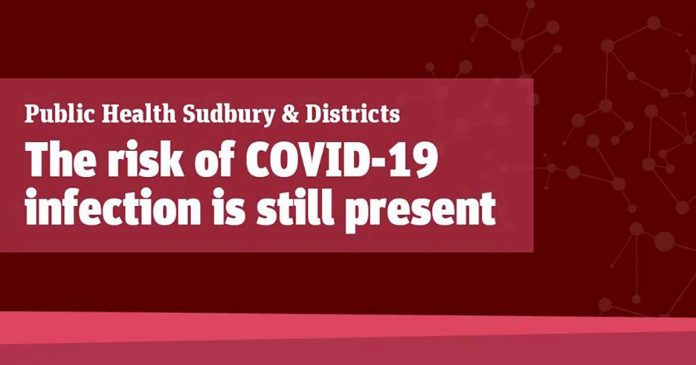“Location, location, location,” has been the commercial real estate mantra since at least 1944, when Englishman Harold Samuel coined the phrase while founding the UK’s largest property company. But with the advent of the information superhighway, aka the internet, more and more the concept of “location” has been broadened to moving online to include a website or other chunk of digital real estate on the world wide web.
One of the critical aspects of location has always been access. There was little point to having a shop located on the High Street if that shop was in a several story walk-up where your customers needed sherpas in order to haul their purchases home or the constitution and patience of saints to endure the climb.
This is analogous to the current state of internet access in much of rural and even urban Canada. Despite aspirational goals of providing every Canadian with access to broadband sufficient to suffice being touted by our regulatory bodies, it is clear that the Holy Grail remains beyond tantalizing reach for most, if not all rural and Northern residents.
The internet is reaching a mature age, a baby boomer of sorts born of the Sixties, but it really didn’t begin to become relevant to non-boffins and ordinary folk once the web went live in 1991. Even then, it took upwards of a decade to truly explode on the scene. Today, internet access is as essential to modern life as electricity and the telephone (although not necessarily a landline). The lack of broadband limits where you can locate your business, whether you can work from home during a pandemic, your access to medical services and what services and digital commodities (Netflix etc.) you can enjoy.
In its short but somewhat frantic life, the internet has moved from being something of an oddity, to less of a curiosity, to suddenly a necessity. There is no learning from home for children during the pandemic without sufficient internet bandwidth, businesses cannot thrive, customers cannot buy, and especially for those in the far North, everything else becomes vastly more expensive to access.
The concurrent ascendancy of the cell phone gives us a clear model when it comes to land-based communication links. Cell service is still far from ubiquitous in rural and remote regions, but more and more people are letting loose their landlines in favour of a smartphone. Even as 5G networks become more prevalent, the issue of internet access is likely to remain, not to mention the potential impact concerns over the safety of long-term exposure to 5G spectrum radio waves may yet have on its rollout.
It is long past time that the government comes to realize that land-based internet access is not suitable to the vast geographic expanses that lie between Canadian households outside the Golden Horseshoe and other major urban centres. Expediting satellite concepts like the Starlink constellation may not be the complete panacea purported, but it is very likely to be a better option for many rural, remote and Northern residents for the foreseeable future.
It is also vital that the federal and provincial governments recognize that the internet is now an essential service and to recognize it as such.




